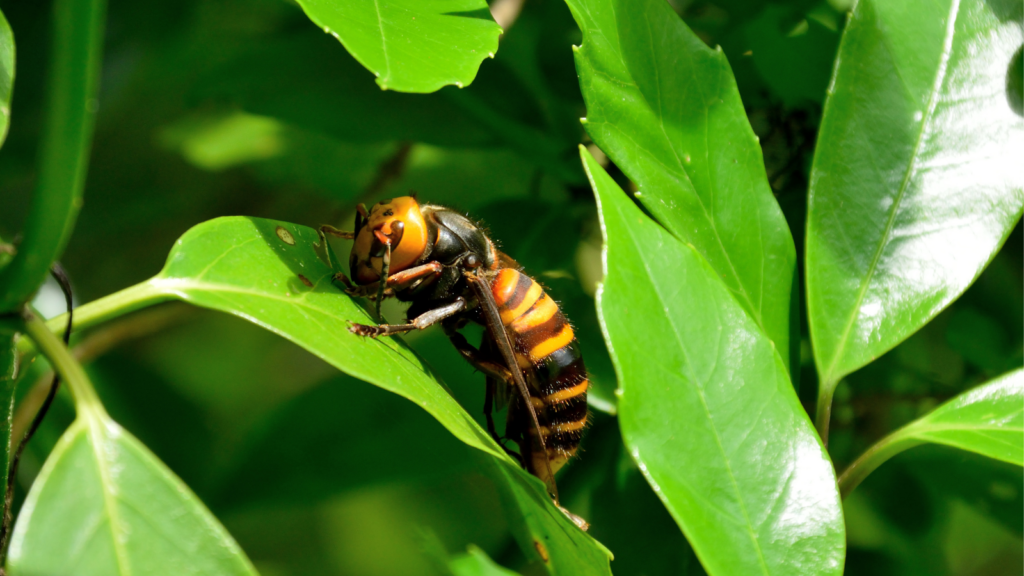Have you ever been enjoying a sunny day only to be startled by a creepy-crawly? Insects can be fascinating, but some are downright terrifying. With their bizarre appearances and their unsettling behaviours, these nightmarish insects are best avoided. Here’s a look at 19 of the most frightful insects you’d never want to encounter.
Bullet Ants
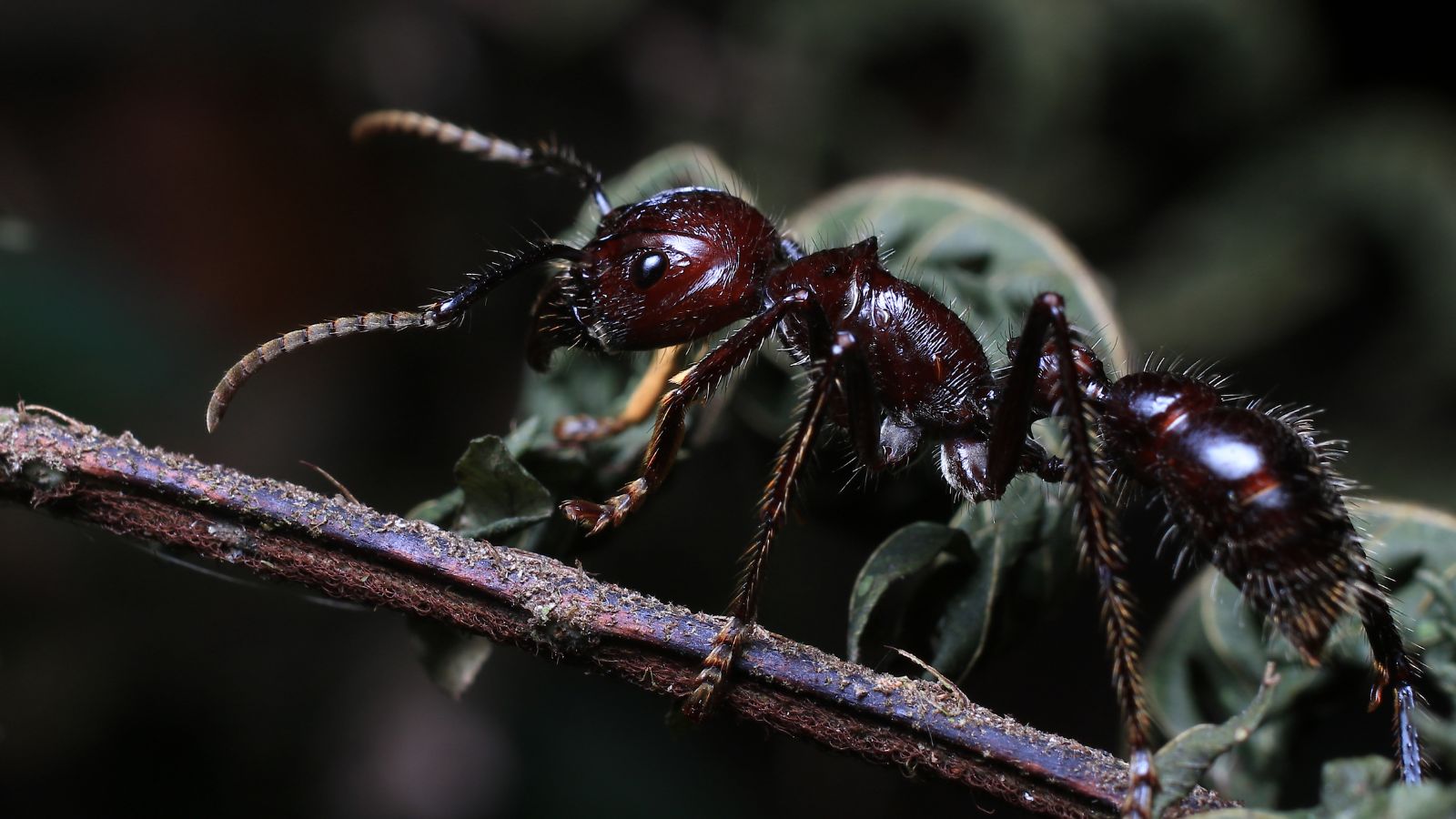
Imagine feeling like you’ve been shot. That’s what happens when a bullet ant stings you, and “it is considered to be the most painful of all insect stings,” says Britannica. Found in the rainforests of Central and South America, the intense pain of this ant’s sting can last for up to 24 hours, making it a truly horrific experience.
Botflies
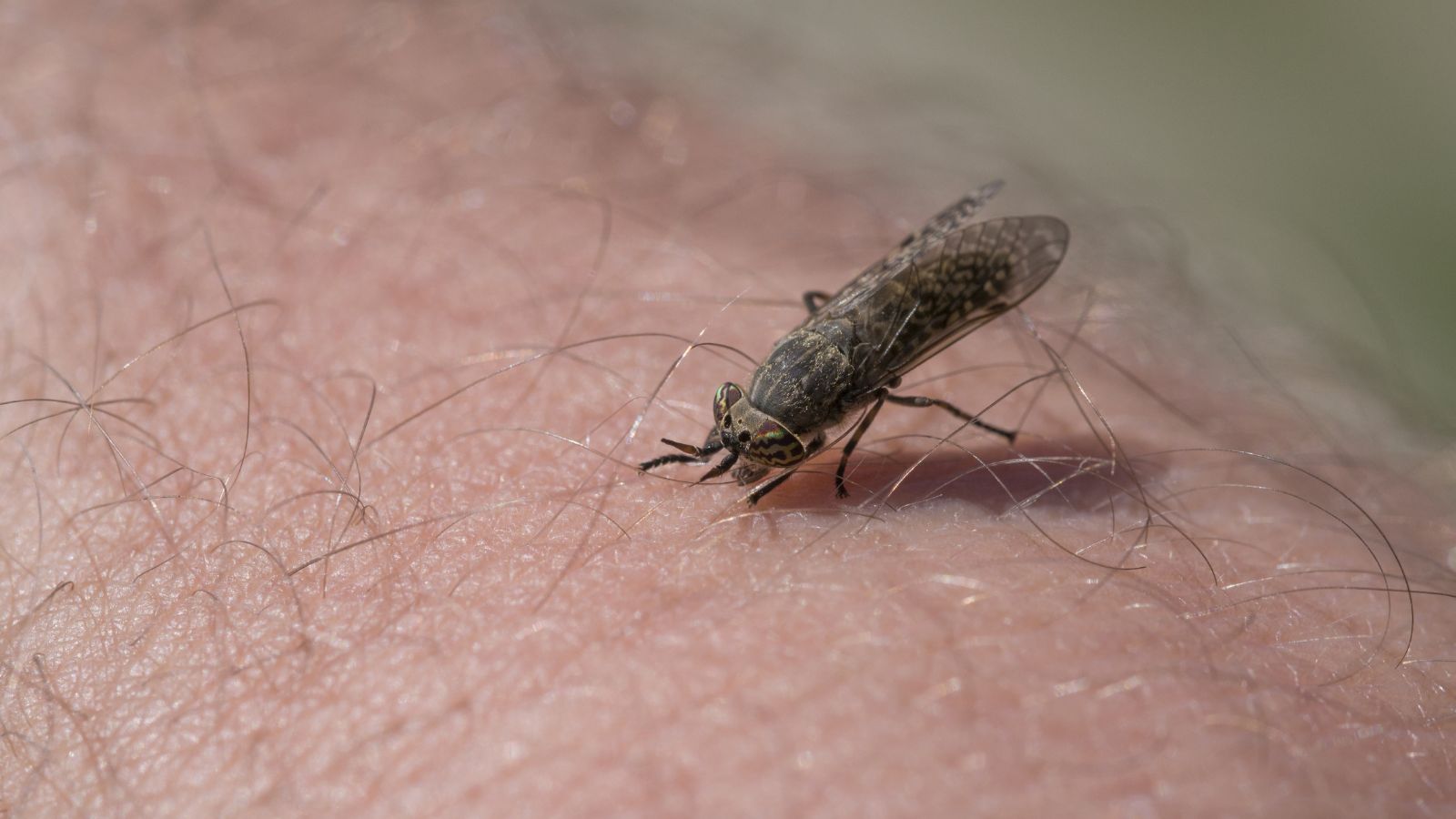
Botflies are the stuff of nightmares because they use humans and other mammals as hosts for their larvae. The female botfly captures a mosquito and attaches her eggs to it. When the mosquito bites a human, the warmth triggers the eggs to hatch, and the larvae burrow into the skin.
Japanese Giant Hornets
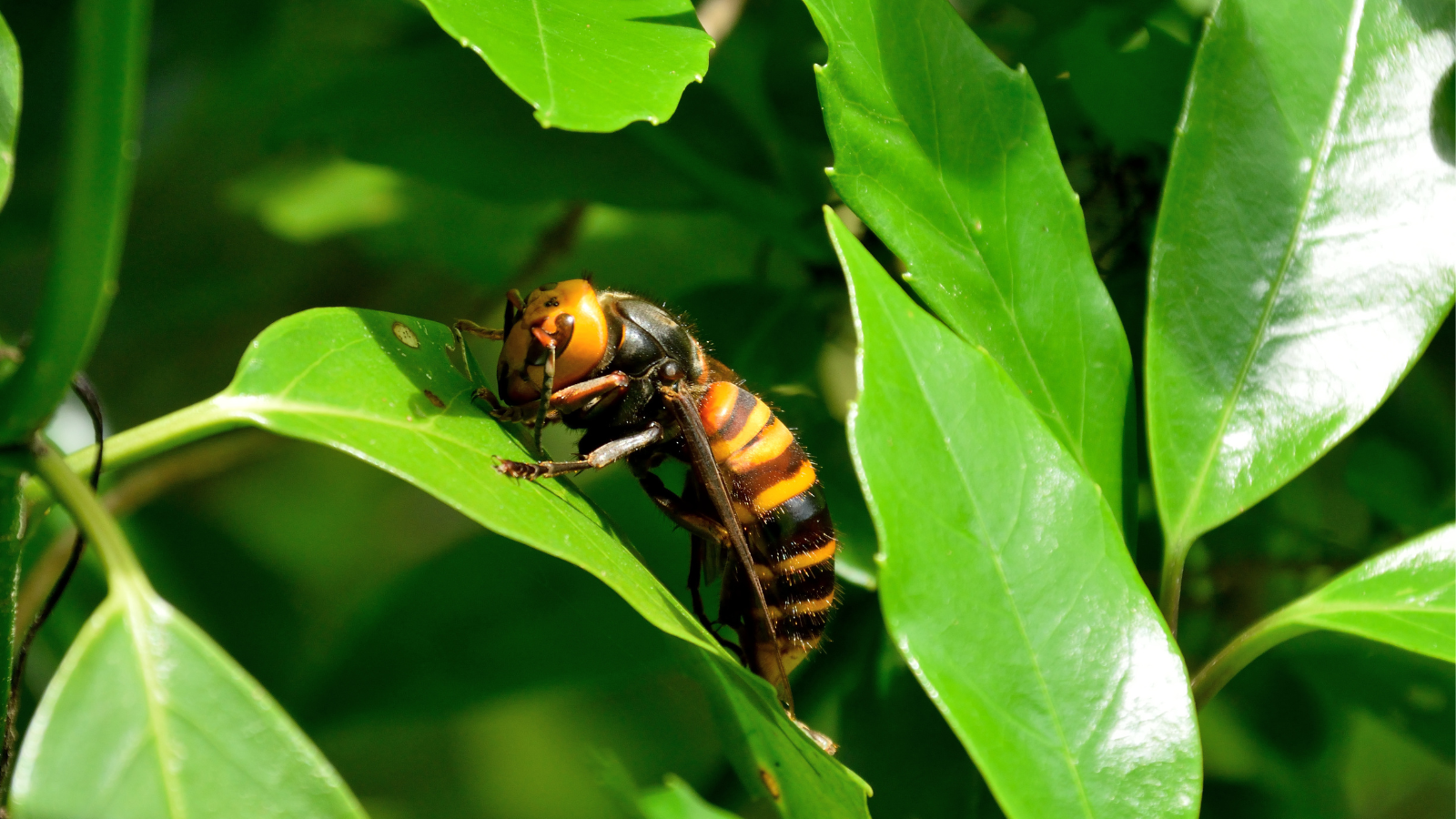
Not only large but also incredibly aggressive, the Japanese Giant Hornet is the largest hornet in the world, with a wingspan of about three inches. These hornets have a potent venom that can cause severe pain, tissue damage, and, in rare cases, death. They’re known to attack in swarms, and their stingers are so tough that they can even pierce through beekeeper suits.
Assassin Bugs
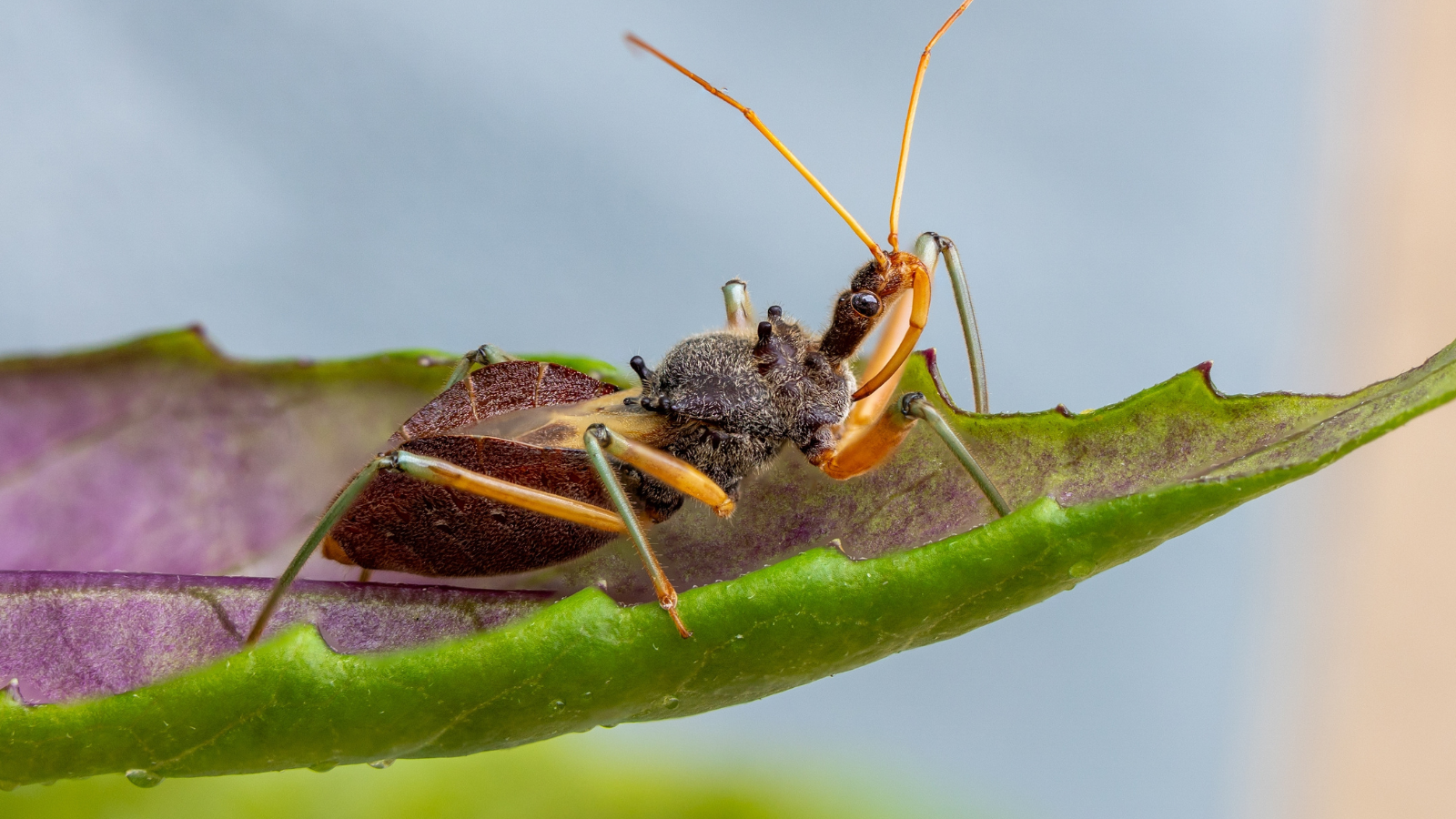
Assassin bugs are known for their gruesome way of killing prey, whereby they inject a toxin that liquefies the insides of their victims, which they then suck out. Found worldwide, these bugs can also transmit Chagas disease in South America, which can cause long-term heart and digestive issues if left untreated.
Bullet Jumping Bristletails
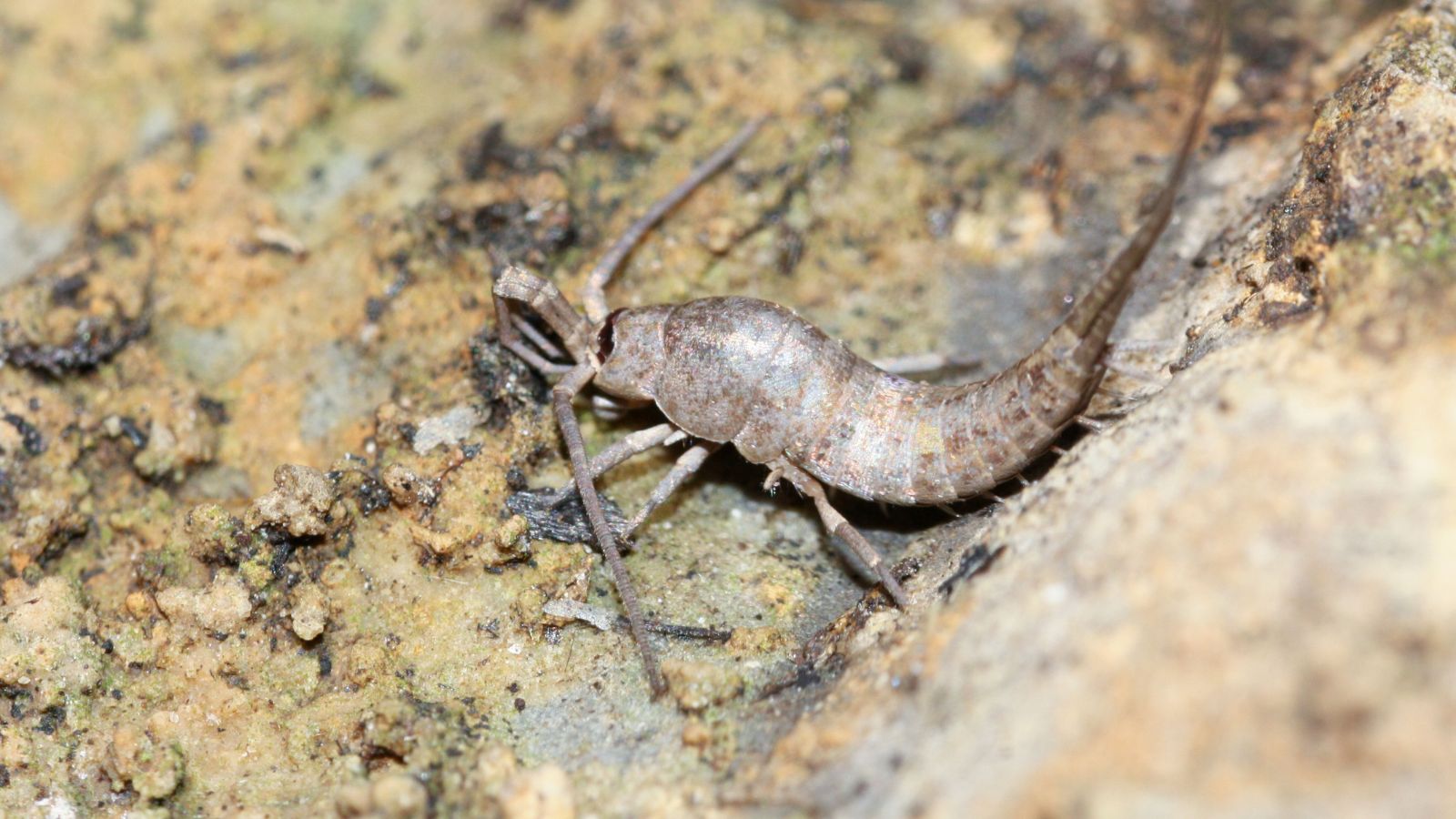
While not as deadly as others on this list, bullet jumping bristletails are nightmarish due to their ability to leap astonishing distances. These primitive insects can jump up to 20 times their body length, making them extremely difficult to catch or avoid. They thrive in dark, damp environments, often surprising people when they suddenly appear.
Army Ants
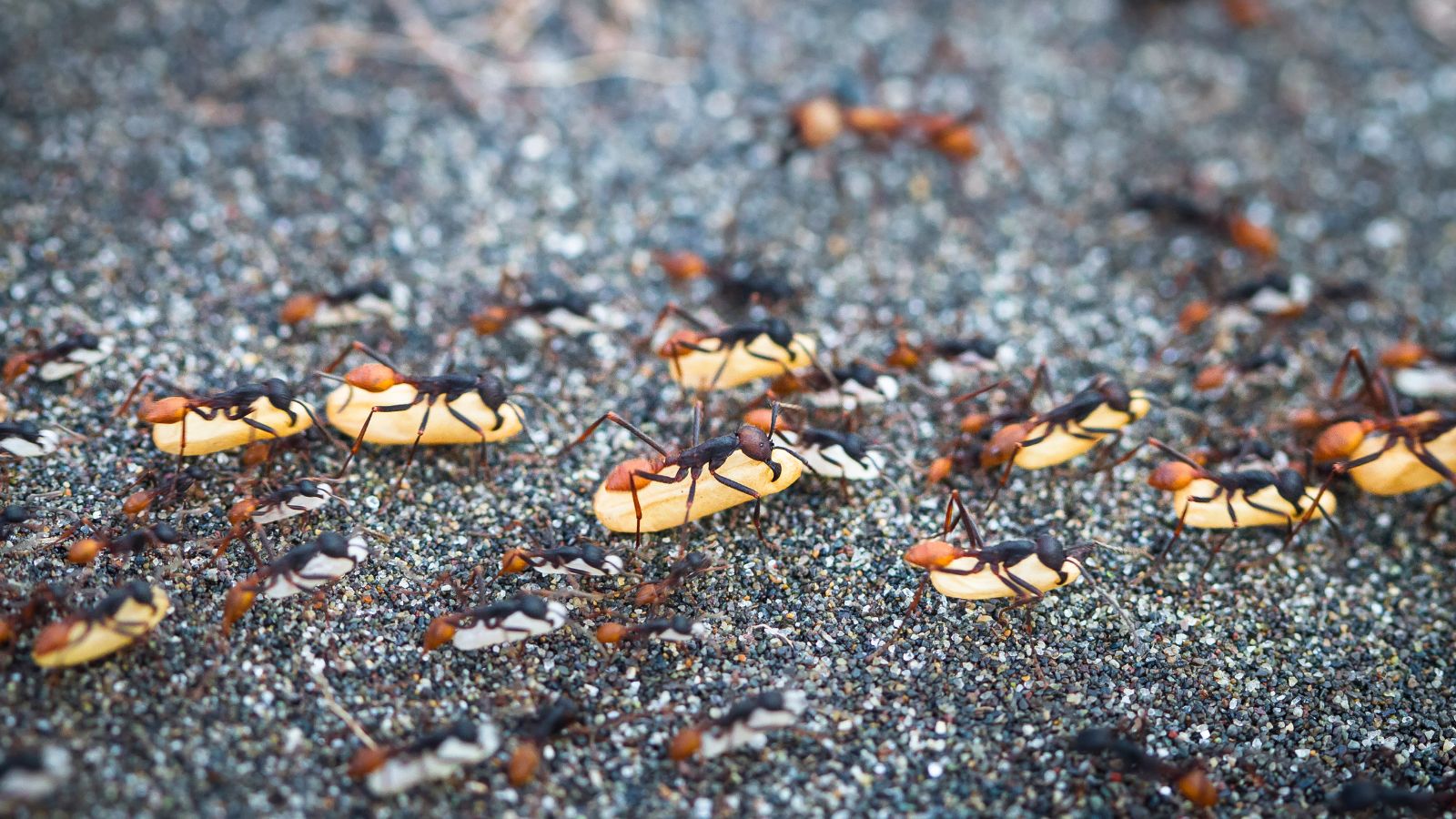
Army ants are known for their massive, organised swarms that can devastate anything in their path. They’re found in tropical regions, with colonies that can contain millions of ants. These ants don’t build permanent nests but are always on the move, consuming everything from insects to small animals. They use their powerful jaws to dismember prey, and their sheer numbers make them an unstoppable force.
Brazilian Wandering Spiders
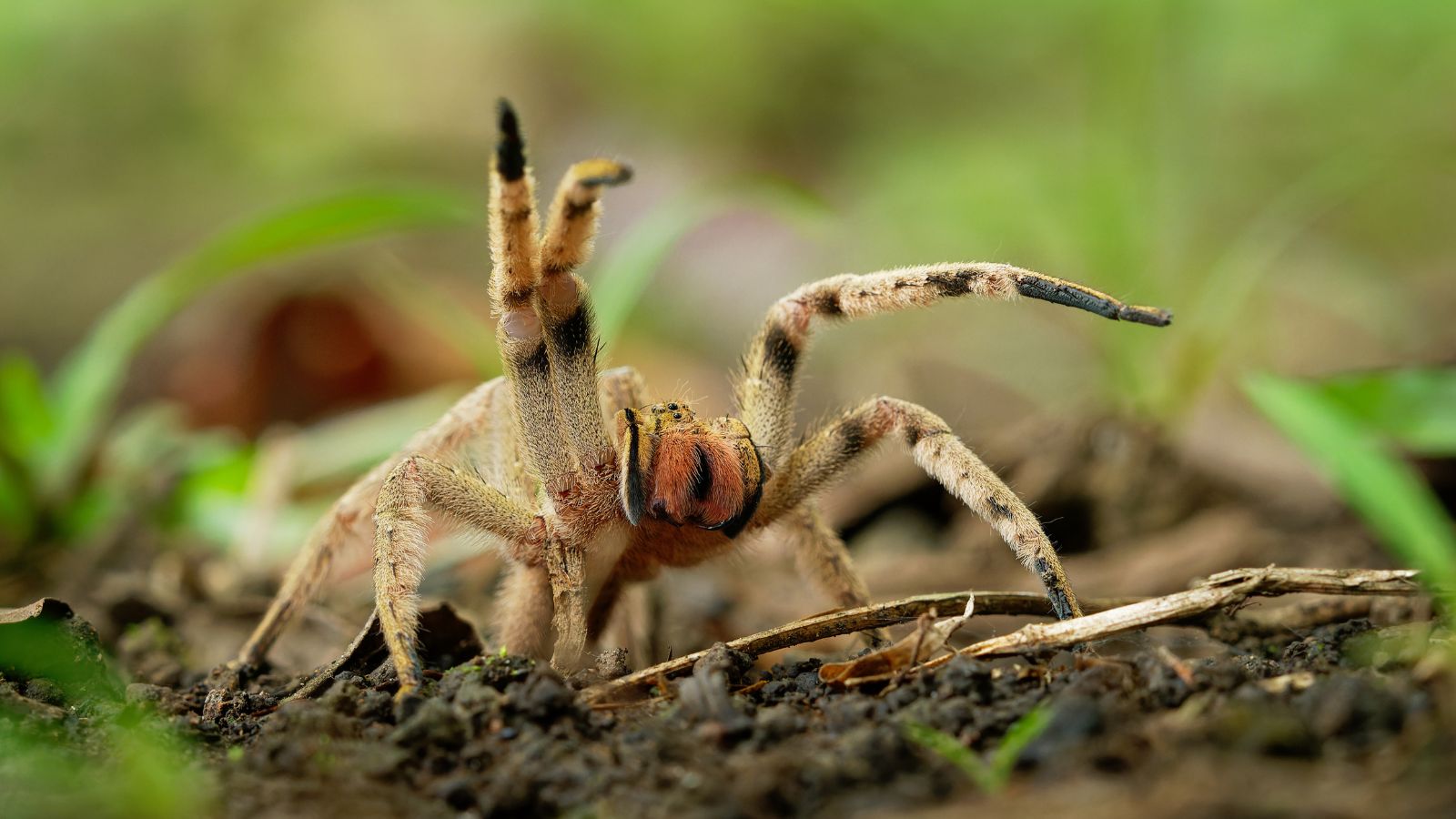
One of the most venomous spiders in the world is the Brazilian wandering spider, also known as banana spiders. They are highly aggressive and can deliver a potent neurotoxic venom. A bite from a Brazilian wandering spider can cause intense pain, loss of muscle control, and breathing problems.
Giant Water Bugs
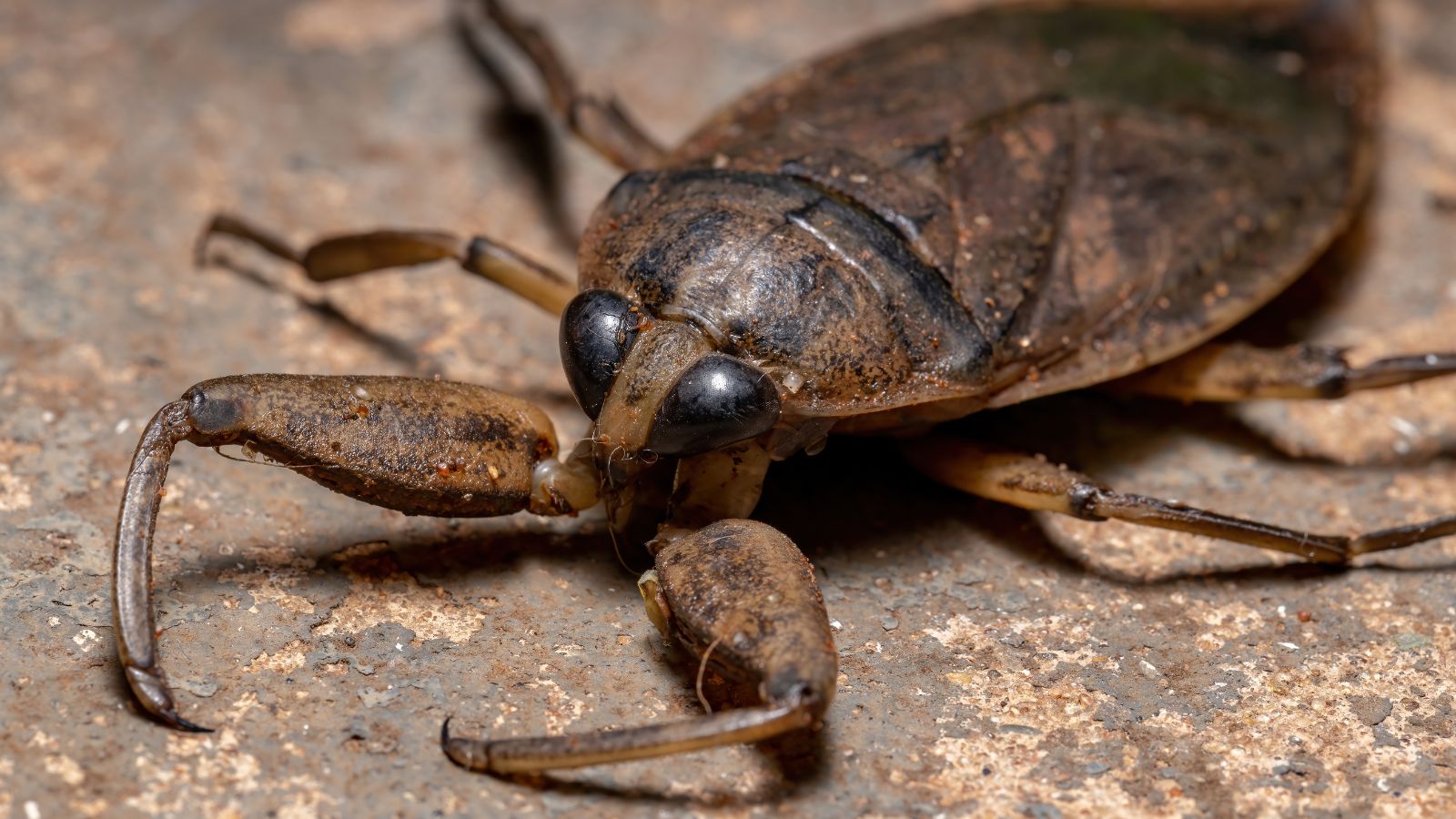
Giant water bugs are among the largest insects in North America. They live in freshwater habitats and are known for their painful bites. These bugs can reach up to four inches in length and have a strong, piercing beak that they use to inject enzymes into their prey.
Tsetse Flies
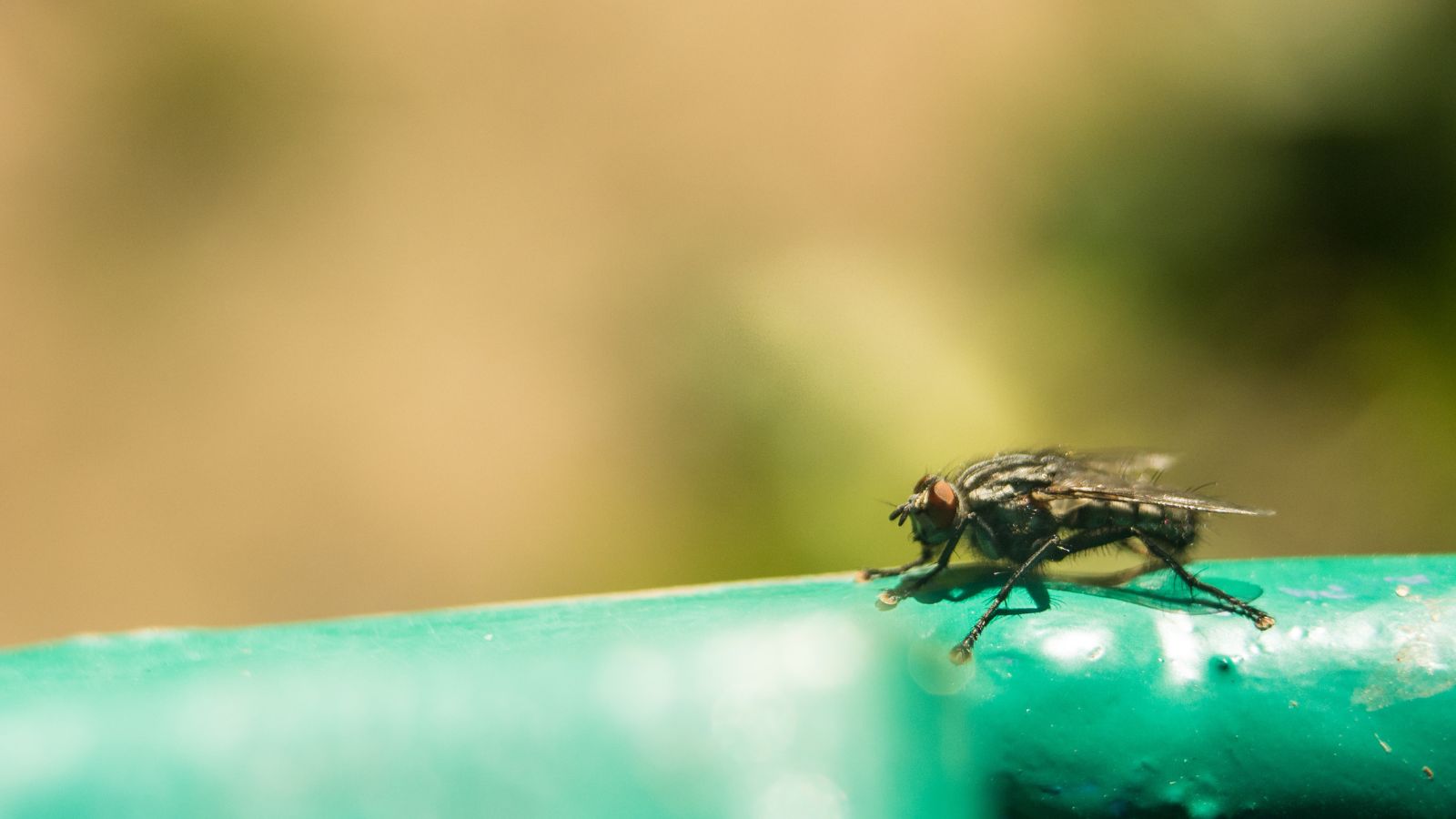
Infamous for transmitting sleeping sickness, a disease that can be fatal if left untreated, tsetse flies are found in sub-Saharan Africa, feeding on the blood of humans and animals. Their bite is painful, and the disease they carry can cause severe neurological issues, including confusion, poor coordination, and disturbed sleep cycles.
Cockroaches
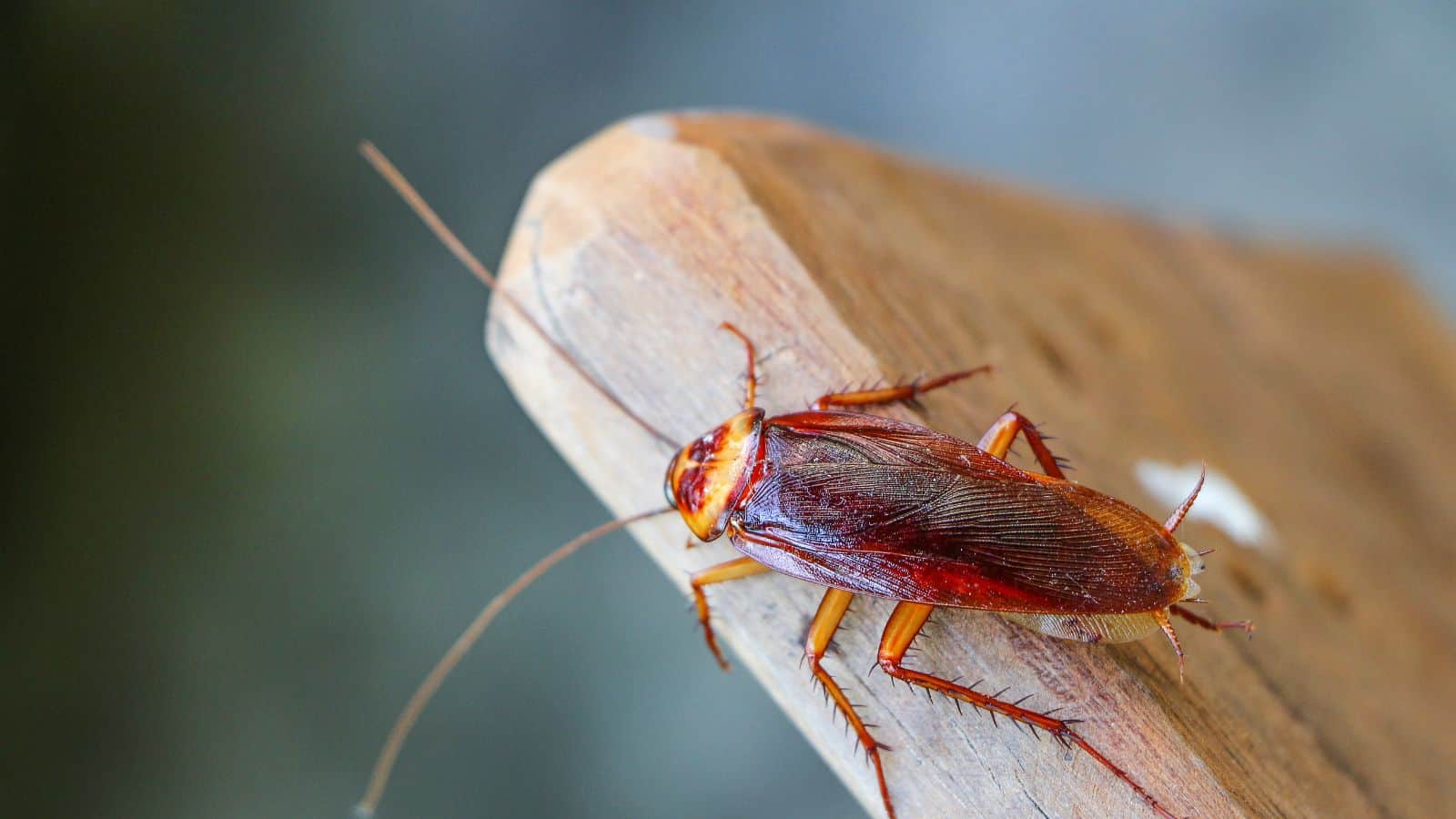
While not deadly, cockroaches are nightmarish due to their resilience and ability to infest homes. They can survive in extreme conditions, including nuclear radiation, and can go for weeks without food. Cockroaches are known to carry bacteria and can cause allergies and asthma in humans, too.
Kissing Bugs
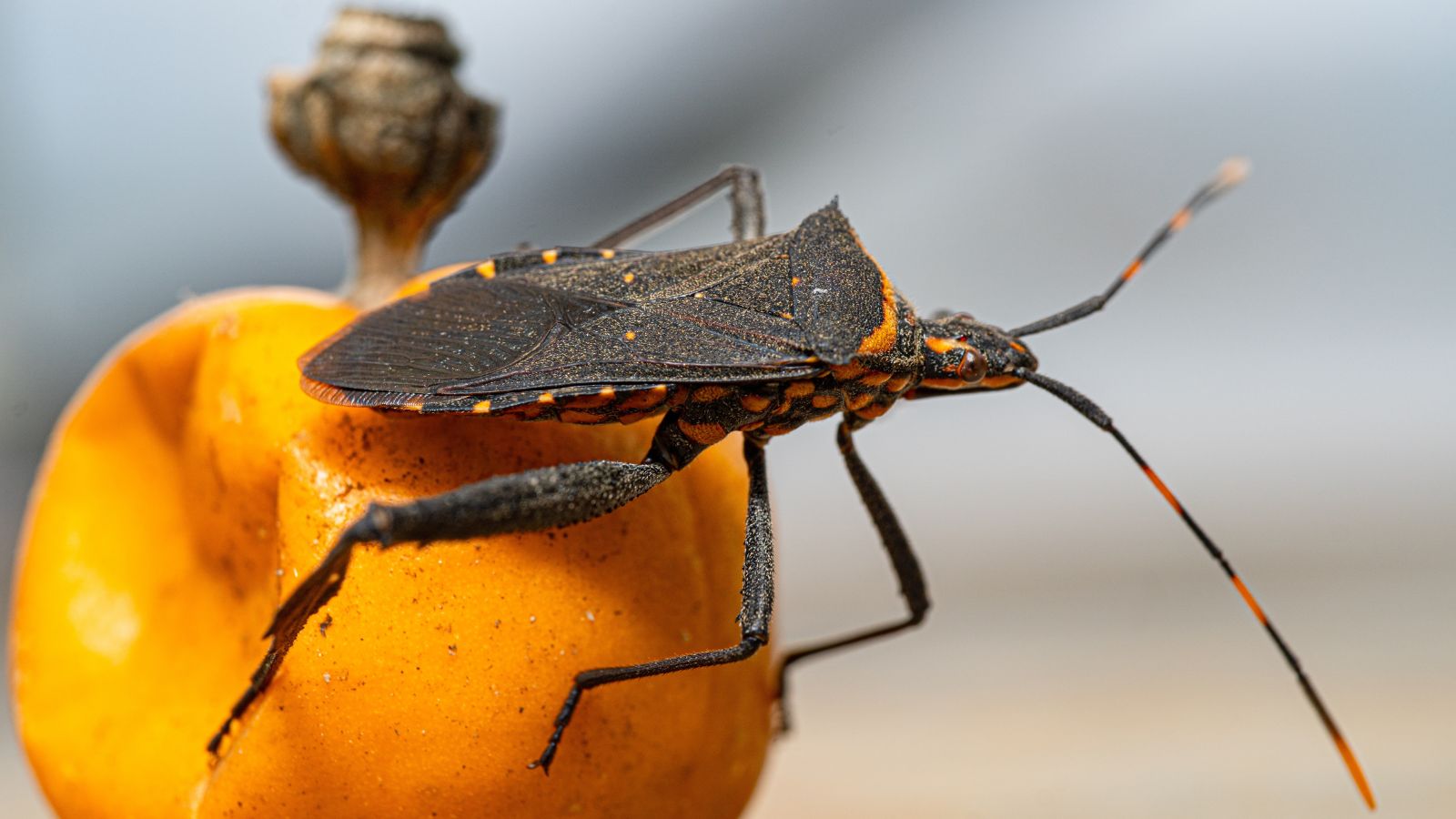
Don’t be fooled; it’s not as romantic as it sounds. Kissing bugs get their name from their habit of biting humans around the mouth while they sleep. Their bites can cause severe allergic reactions, and the disease they transmit can lead to chronic health issues if not treated. Kissing bugs are nocturnal, and their bites often go unnoticed until symptoms appear, making them a silent but dangerous threat.
Fleas
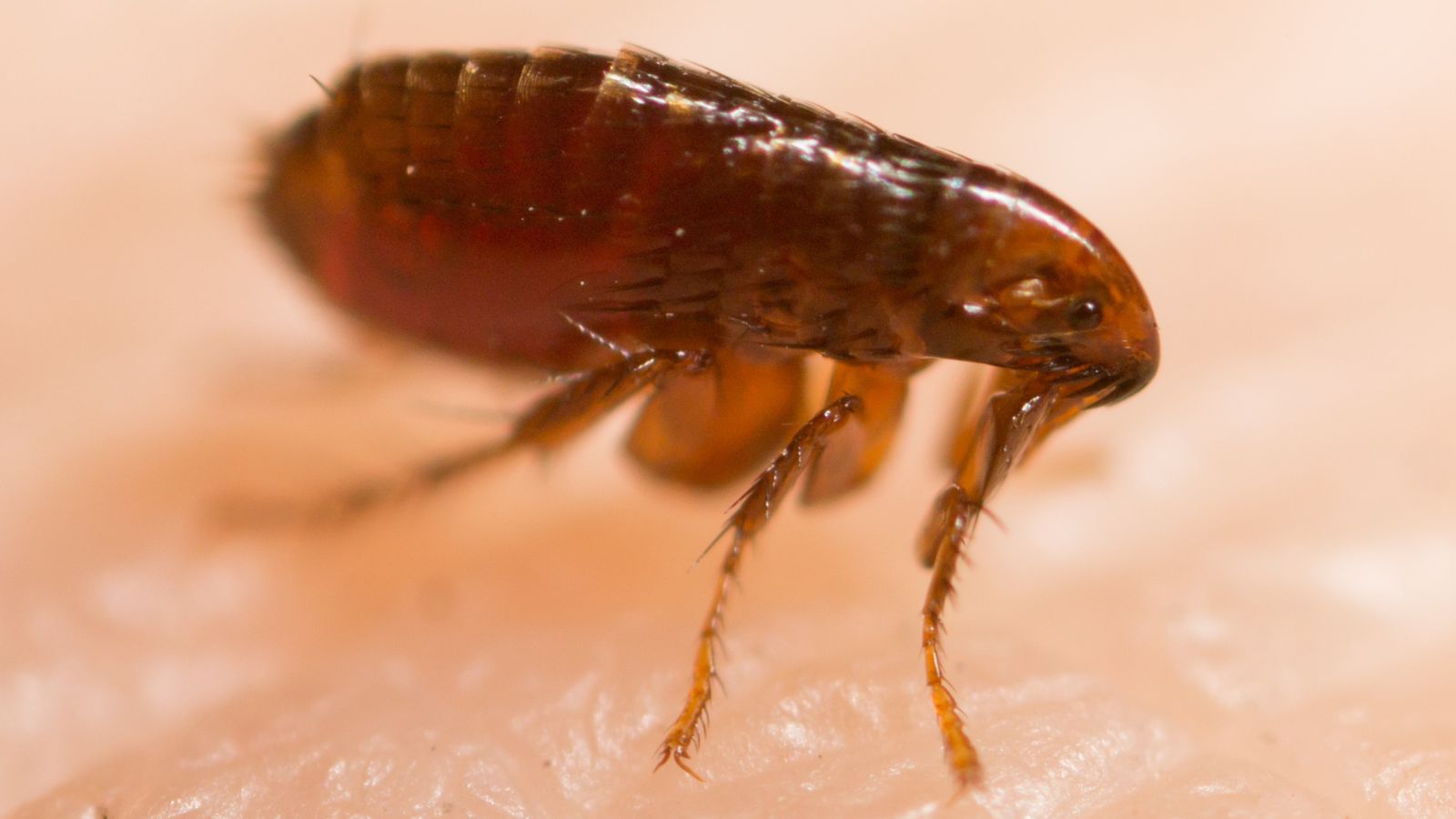
Fleas are tiny but mighty pests known for their ability to jump great distances and their insatiable appetite for blood. They can infest homes and pets, causing itching and discomfort, and can also transmit diseases like the plague and typhus.
Bed Bugs
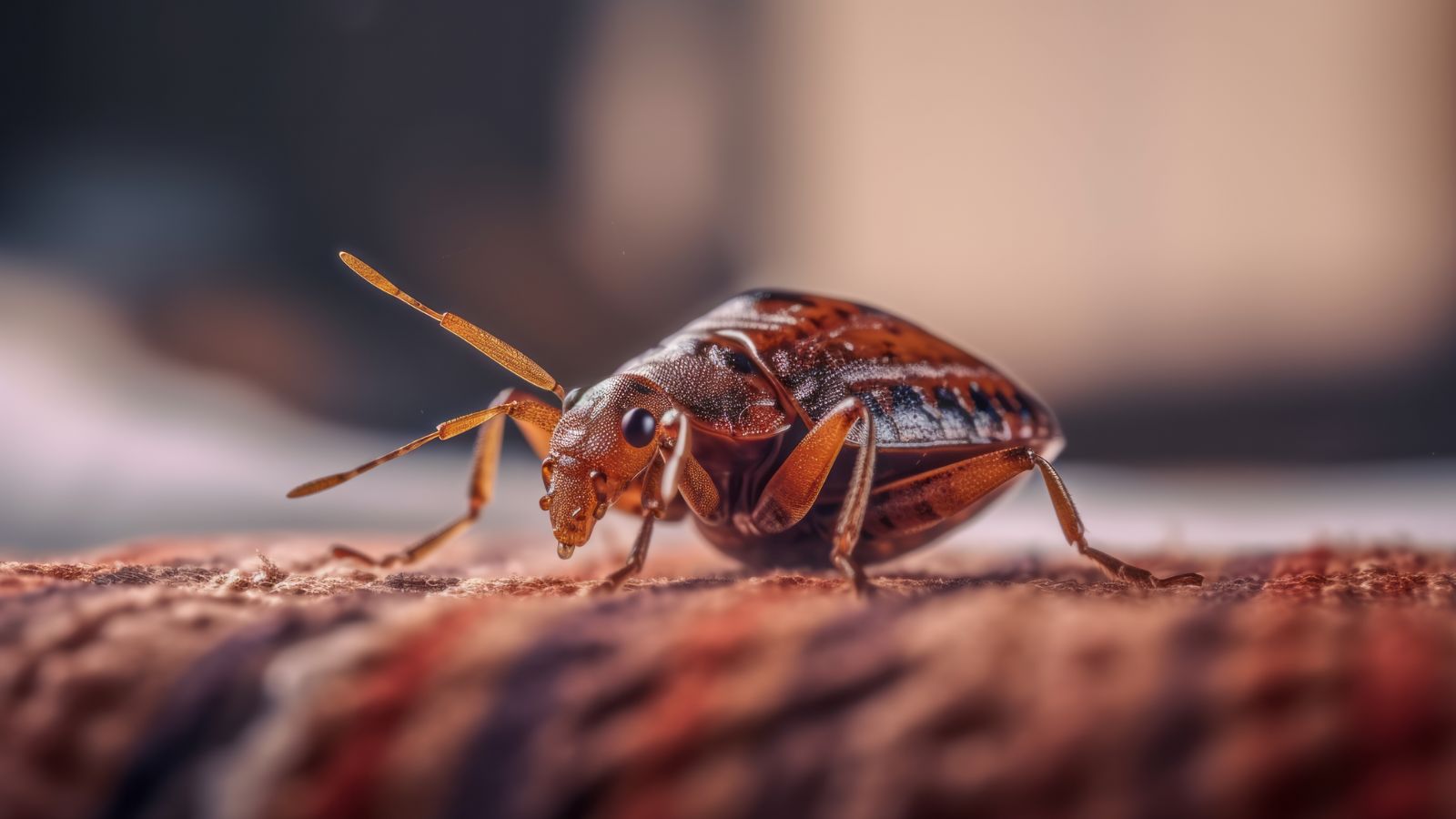
Notorious for their ability to infest homes and cause sleepless nights, bed bugs—small, reddish-brown insects—feed on human blood and can leave itchy, red welts. They hide in mattresses, bed frames, and furniture, making them difficult to eradicate. To make it worse, they are resilient and can survive for months without feeding.
Fire Ants
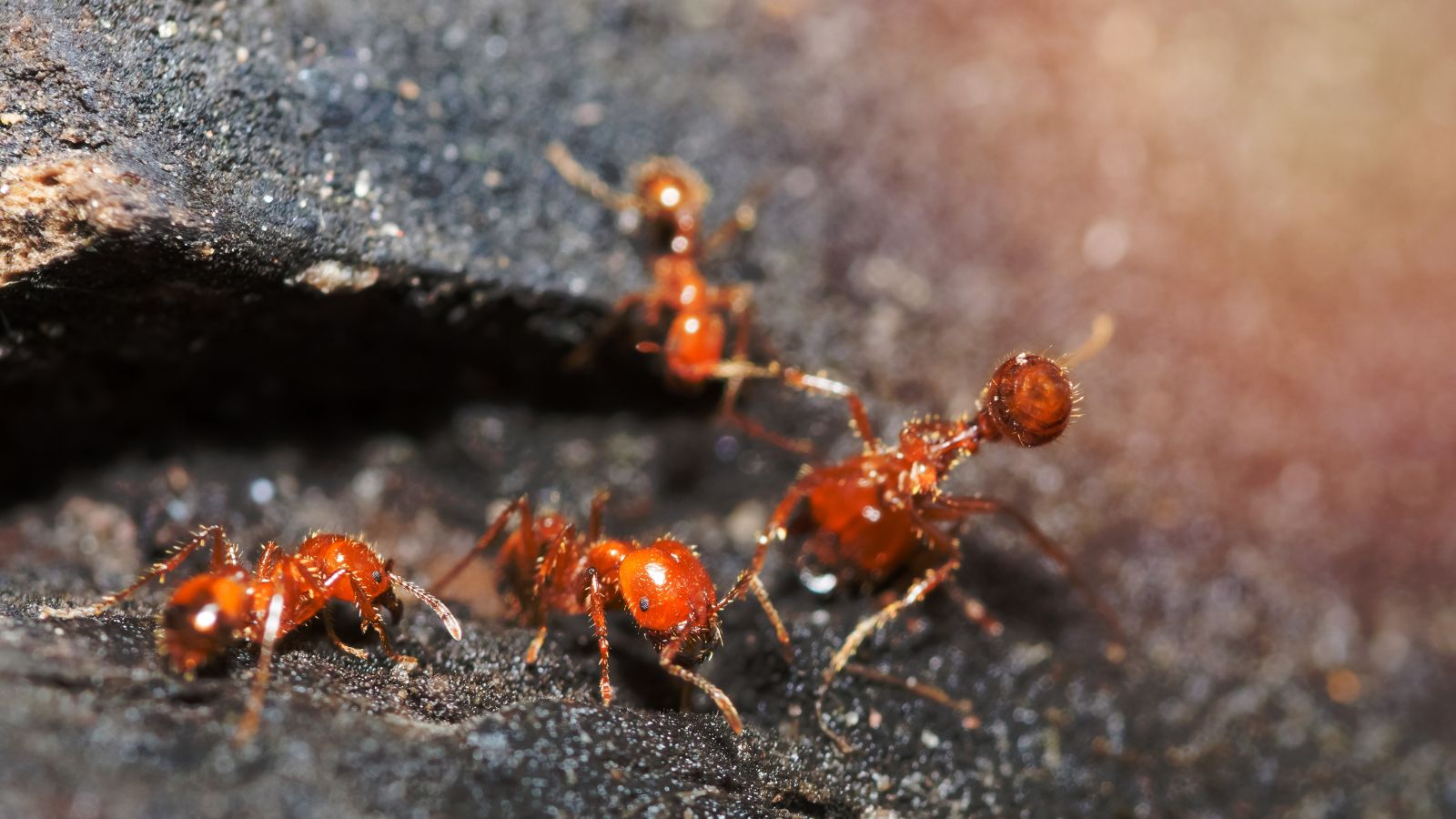
Fire ants are known for their painful stings, which can cause intense burning and itching. These ants build large mounds and swarm aggressively when disturbed. Their stings inject venom that can cause allergic reactions in some people, leading to severe swelling and even anaphylactic shock.
Horseflies
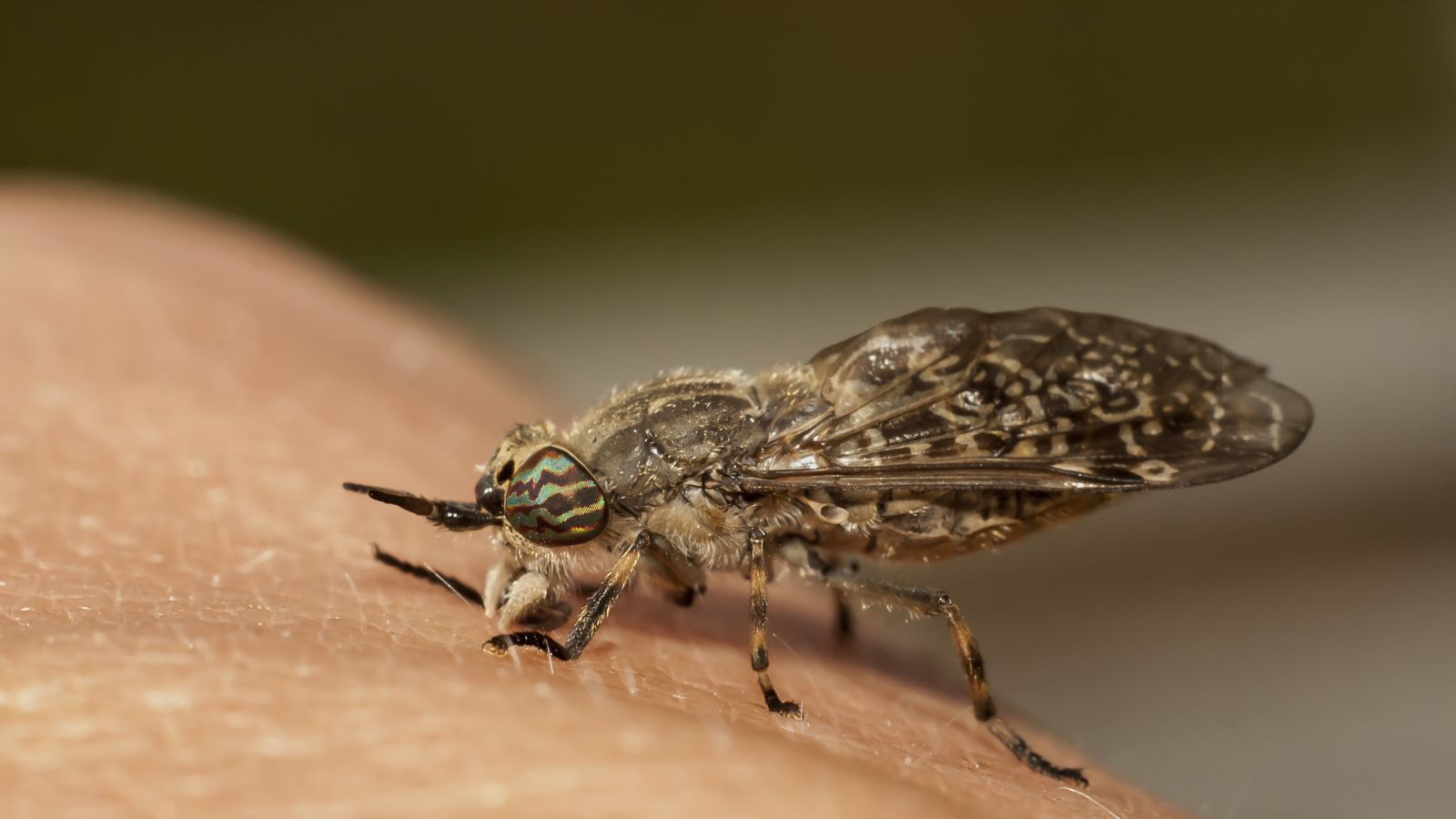
Large, fast, and with a painful bite, horseflies are found near water and are attracted to movement, heat, and carbon dioxide. Their bites can cause severe itching and swelling, and they can transmit diseases like anthrax and tularemia. Horseflies use their sharp mouthparts to cut the skin and lap up blood, making their bites particularly painful.
Sandflies
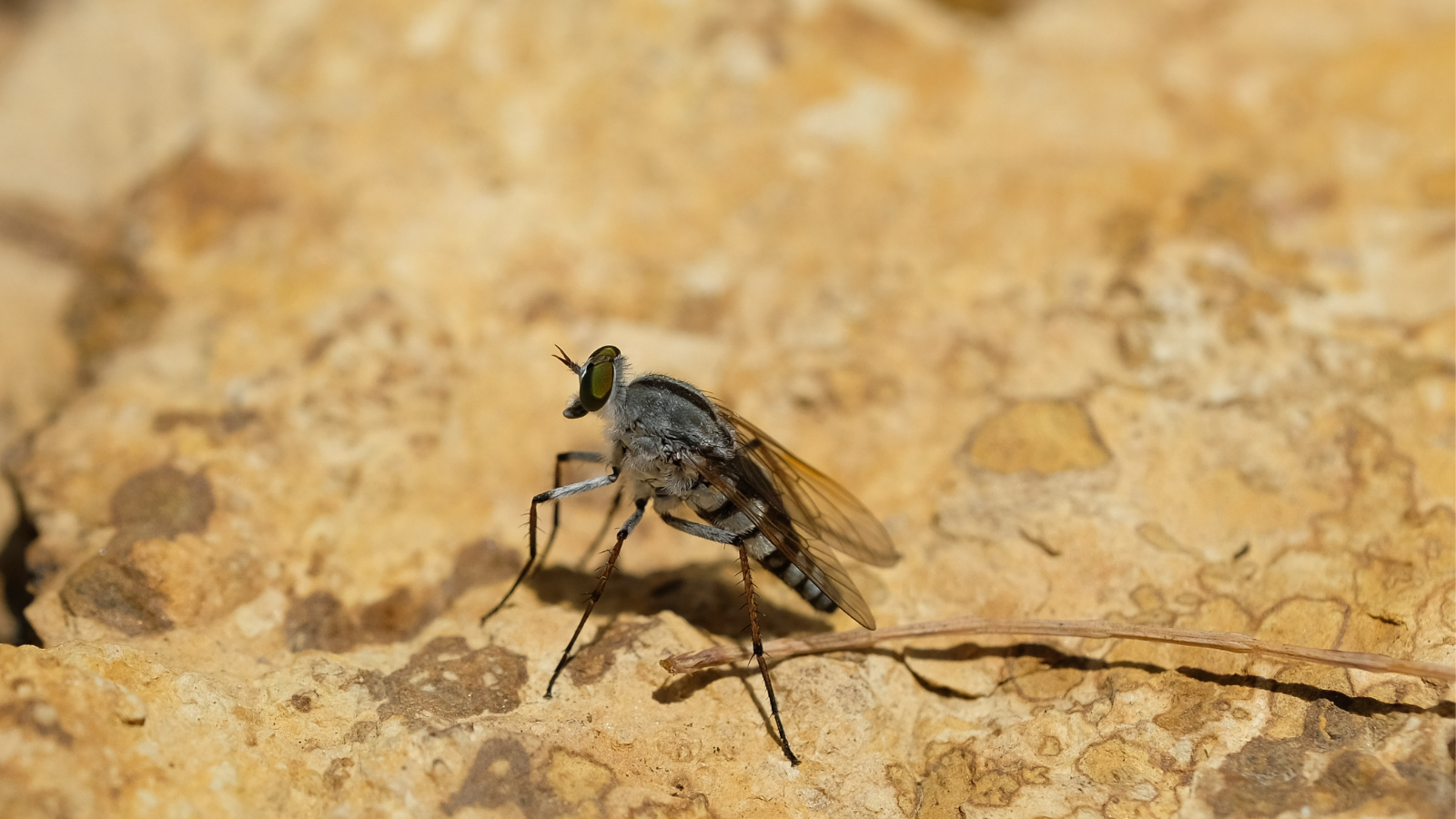
Sandflies are tiny but deadly insects known for transmitting leishmaniasis, a disease that can cause skin sores and severe organ damage. They’re active at night and found in tropical and subtropical regions. They’re attracted to humans and animals, and their painful bites can lead to significant health issues if they are infected.
Deer Ticks
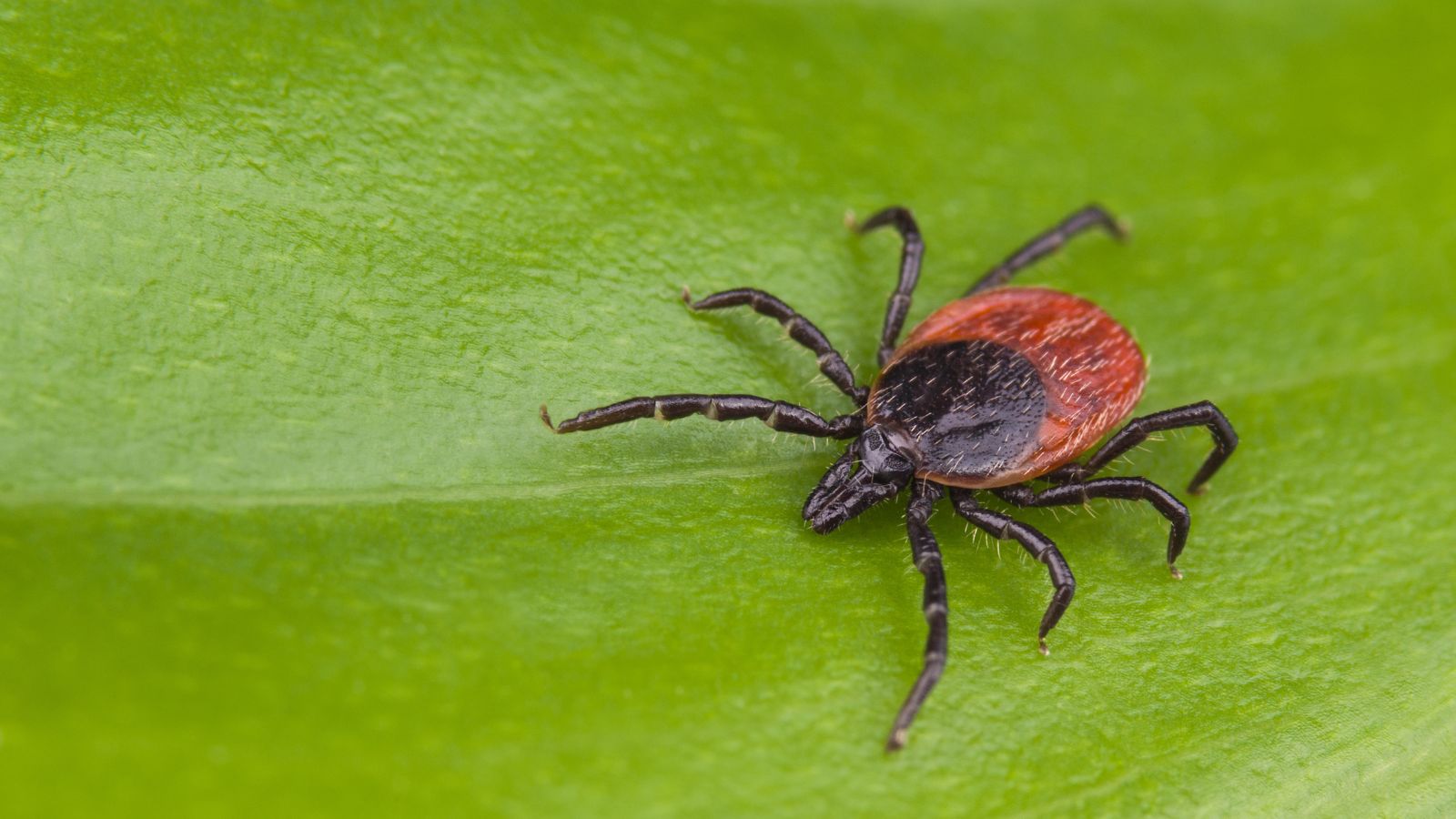
Infamous for transmitting Lyme disease, a serious illness that can cause long-term health problems if not treated promptly, deer ticks are found in wooded areas and tall grasses, where they latch onto humans and animals to feed on their blood. Deer ticks can be difficult to spot due to their small size, and their bites often go unnoticed until symptoms of Lyme disease appear.
Driver Ants
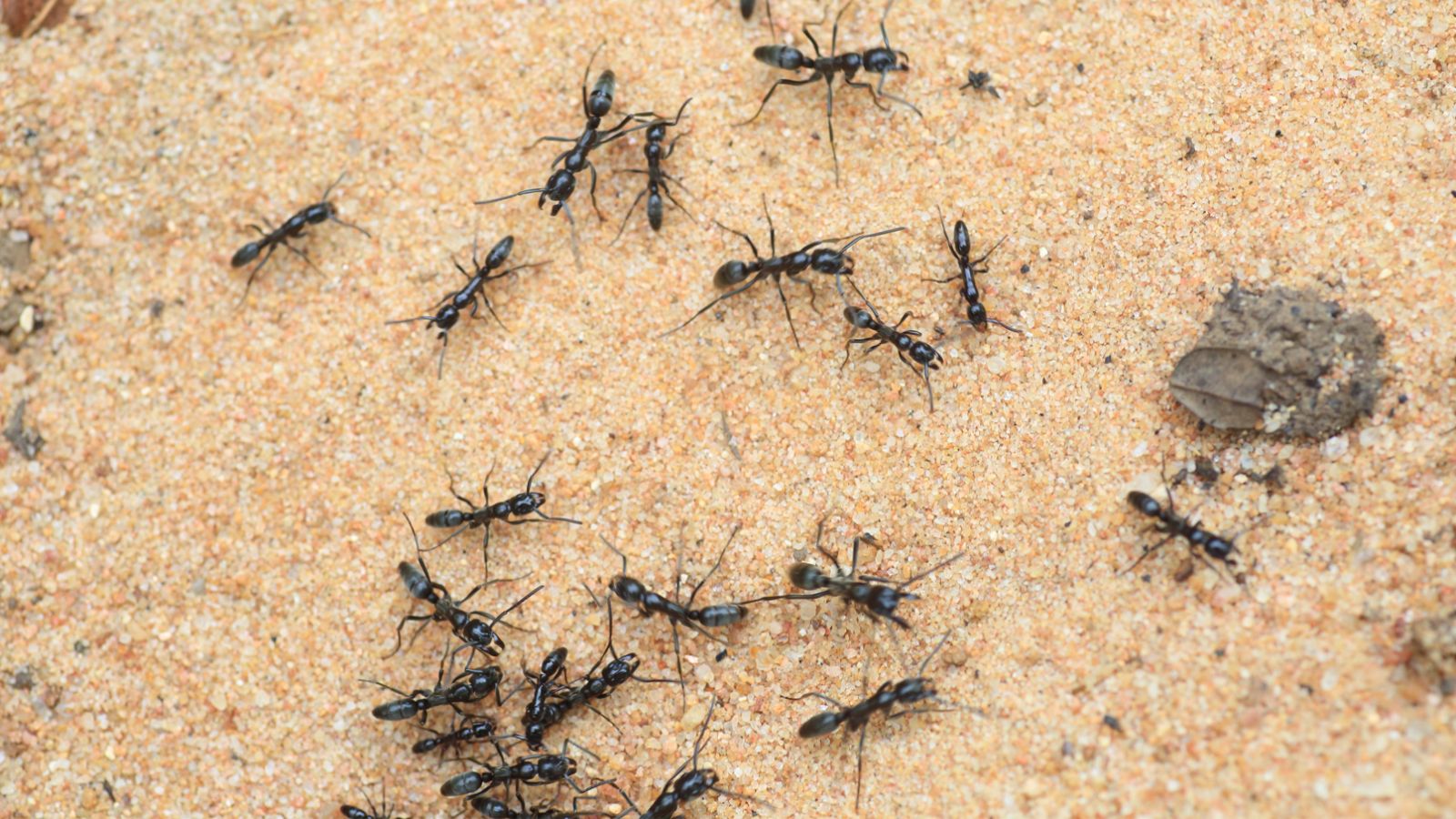
Driver ants, also known as safari ants, are known for their aggressive swarming behaviour. Found in Africa, these ants can form columns of up to 50 million individuals that devour everything in their path. They have powerful mandibles that can inflict painful bites, and their sheer numbers make them a formidable force.
Blister Beetles
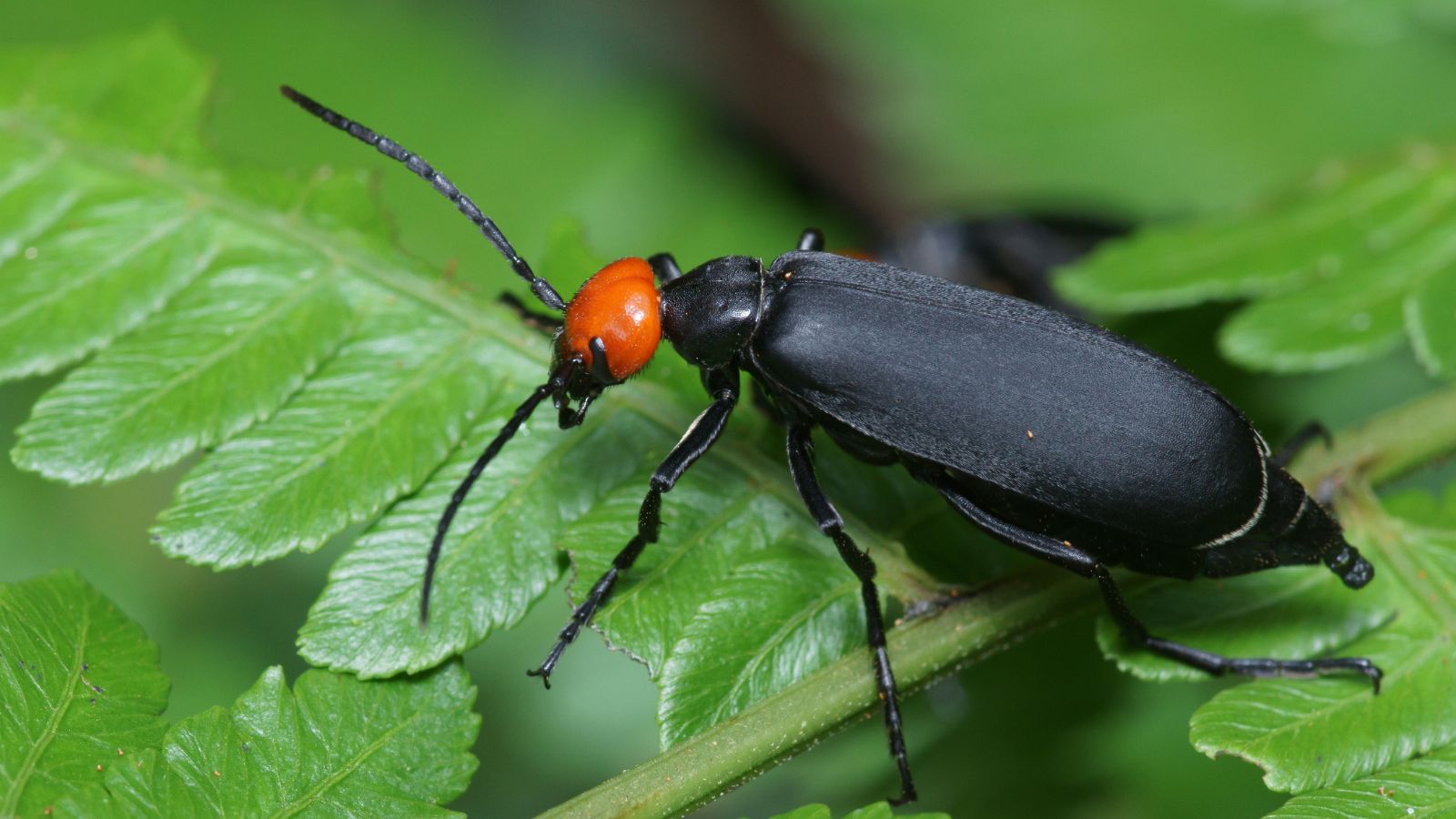
One final insect you don’t want to encounter is the blister beetle, which is not only creepy due to their appearance but also because of the chemical they produce: cantharidin. This substance can cause severe blistering on contact with human skin. Found in various regions worldwide, these beetles can be highly toxic if ingested (but why would you?).

